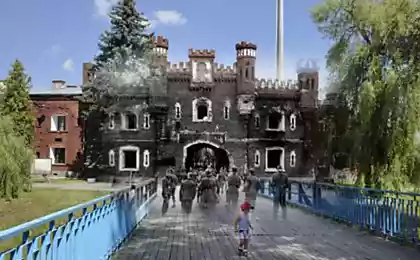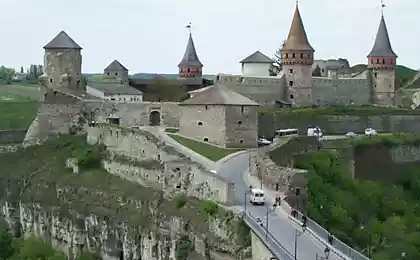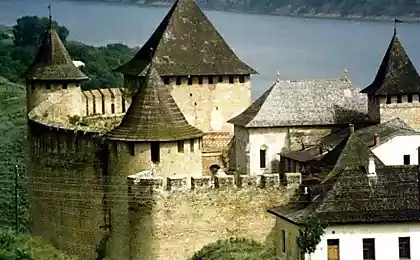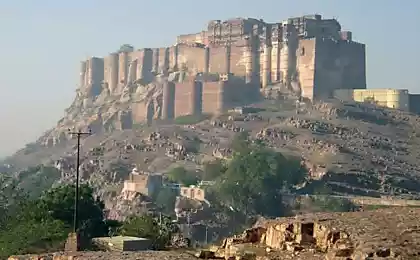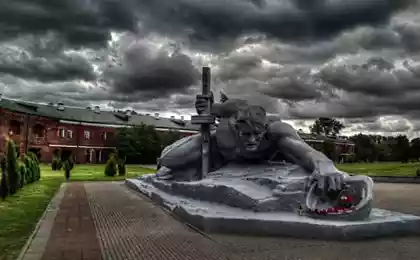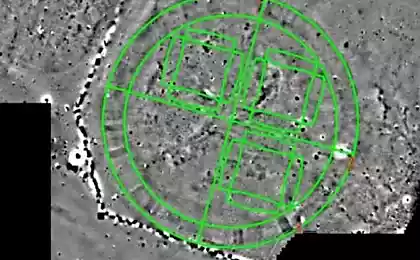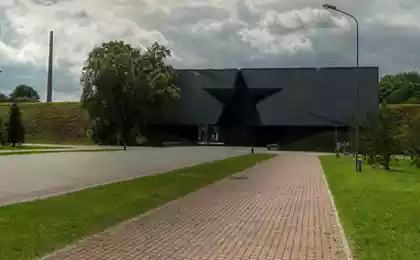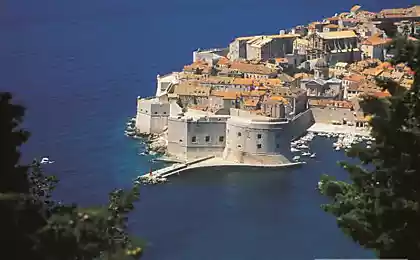4062
Fortress of Naarden
Naarden (Naarden) - fortress city in the shape of a star in the Netherlands, one of the few remaining bastions of the Dutch and the only castle in Europe with a unique double walls and moats.

Modern Naarden is separated from the fortifications, shafts and channels, and almost merged with its neighbor - the city Bassem. This is the so-called "historical part" Naarden, which was founded in the 13th century and for seven centuries served as a strategic point on the map wars between Holland, Germany and England.

Naarden interesting and notable for two things: firstly, the amazingly beautiful symmetrical shape; secondly, excellent condition fortifications that would probably be useful in modern warfare.

On the plan of the fortress is a intricate shape, resembling a six-pointed star with the arrow-shaped at the edges.
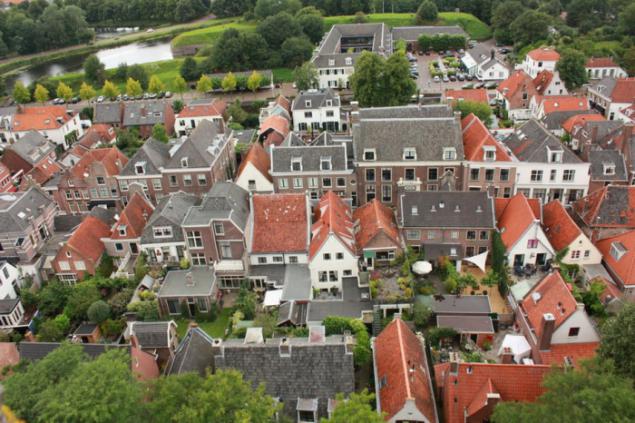
In the 13th century Naarden was a small fortified town on the land between the sea and the marshes of the river Vecht. Here was the only way to Amsterdam from the east, which automatically makes Naarden strategic fortress. But while no one is singled out money for normal reinforcement, and they were in their infancy, making the city extremely vulnerable.
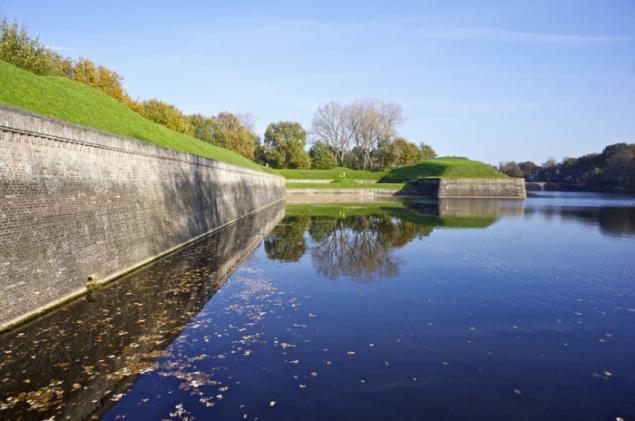
The absence of an impressive defensive system has led to the fact that, in the 17th century when the French King Louis XIV and its allies invaded the Netherlands, and no one noticed the small town was under the French flag.
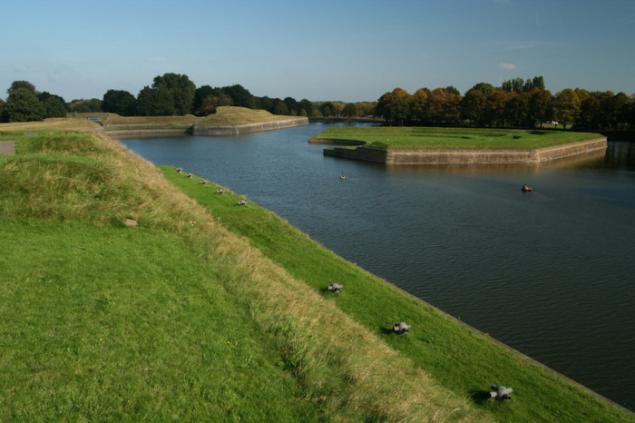
In the 17th century, Holland was an important economic and political component of Western Europe, so that its conquest would bring a lot of Louis substantial bonus.
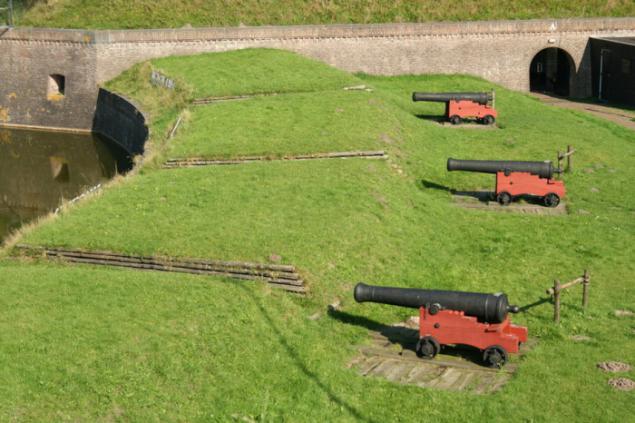
Louis captured Utrecht and made it a base for the invasion into the country, but the idea failed because of the swamps in which the French army could not move forward and slowly exterminated by the Dutch.

By 1673 Naarden was in the hands of the Dutch, then the fortifications were built in the form in which they exist today.
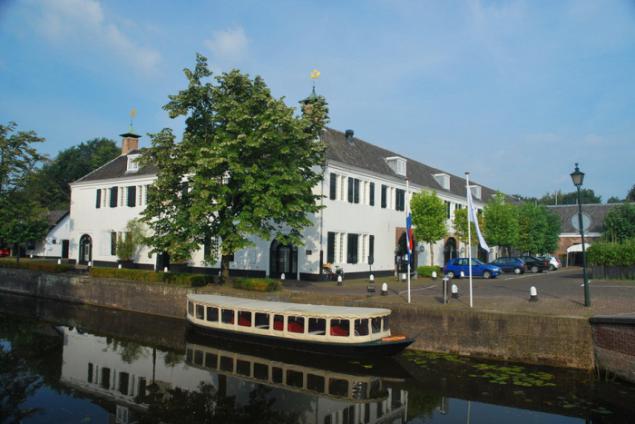
In the 19th century to strengthen undergone major repairs and some reconstruction, resulting in the fortress there are many new shelters, barracks and arsenals.
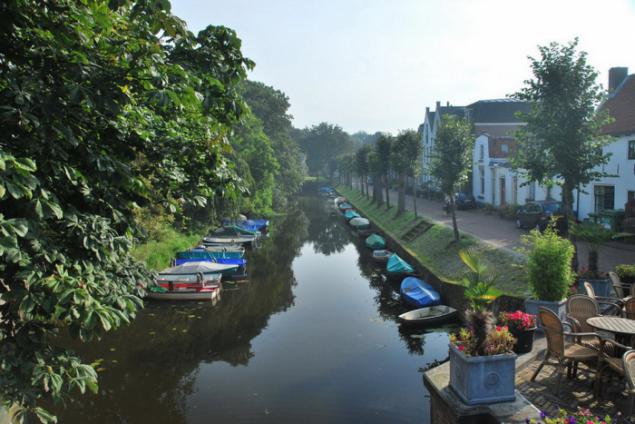
In the late 19th century artillery firepower has increased so much that the construction of defensive walls in Naarden was stopped, instead the focus was on shelters, most of which still exist.

Naarden also has razvletlennuyu system of underground tunnels, some of which survived and now.

After the First World War, the need for Naarden as a fortress disappeared. The army moved closer to landfills, and the city has been decided to make the monument.

In one of the bastions of a museum of the fortress, where you can find lots of information about the history of the city.
In addition ogirigalnoy configuration, known as a major Naarden Photo Festival, which is held annually. Exhibition hall at the same time is himself a fortress city, in different parts of which are placed the increased work of photographers.
Photos posted on almost all surfaces suitable for this ...


©

Modern Naarden is separated from the fortifications, shafts and channels, and almost merged with its neighbor - the city Bassem. This is the so-called "historical part" Naarden, which was founded in the 13th century and for seven centuries served as a strategic point on the map wars between Holland, Germany and England.

Naarden interesting and notable for two things: firstly, the amazingly beautiful symmetrical shape; secondly, excellent condition fortifications that would probably be useful in modern warfare.

On the plan of the fortress is a intricate shape, resembling a six-pointed star with the arrow-shaped at the edges.

In the 13th century Naarden was a small fortified town on the land between the sea and the marshes of the river Vecht. Here was the only way to Amsterdam from the east, which automatically makes Naarden strategic fortress. But while no one is singled out money for normal reinforcement, and they were in their infancy, making the city extremely vulnerable.

The absence of an impressive defensive system has led to the fact that, in the 17th century when the French King Louis XIV and its allies invaded the Netherlands, and no one noticed the small town was under the French flag.

In the 17th century, Holland was an important economic and political component of Western Europe, so that its conquest would bring a lot of Louis substantial bonus.

Louis captured Utrecht and made it a base for the invasion into the country, but the idea failed because of the swamps in which the French army could not move forward and slowly exterminated by the Dutch.

By 1673 Naarden was in the hands of the Dutch, then the fortifications were built in the form in which they exist today.

In the 19th century to strengthen undergone major repairs and some reconstruction, resulting in the fortress there are many new shelters, barracks and arsenals.

In the late 19th century artillery firepower has increased so much that the construction of defensive walls in Naarden was stopped, instead the focus was on shelters, most of which still exist.

Naarden also has razvletlennuyu system of underground tunnels, some of which survived and now.

After the First World War, the need for Naarden as a fortress disappeared. The army moved closer to landfills, and the city has been decided to make the monument.

In one of the bastions of a museum of the fortress, where you can find lots of information about the history of the city.
In addition ogirigalnoy configuration, known as a major Naarden Photo Festival, which is held annually. Exhibition hall at the same time is himself a fortress city, in different parts of which are placed the increased work of photographers.
Photos posted on almost all surfaces suitable for this ...


©

